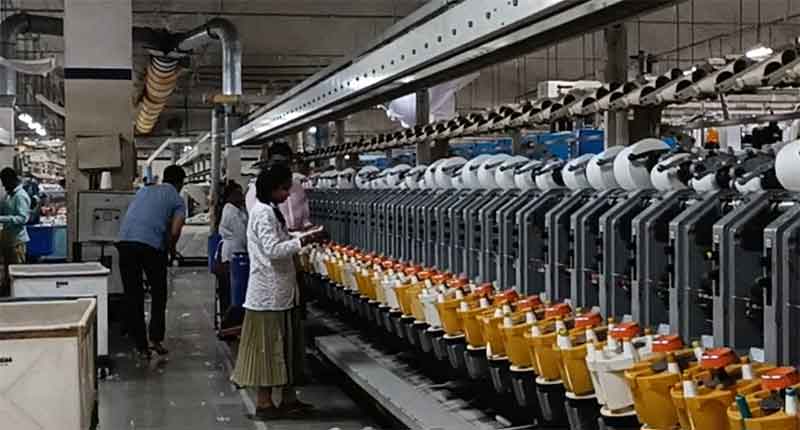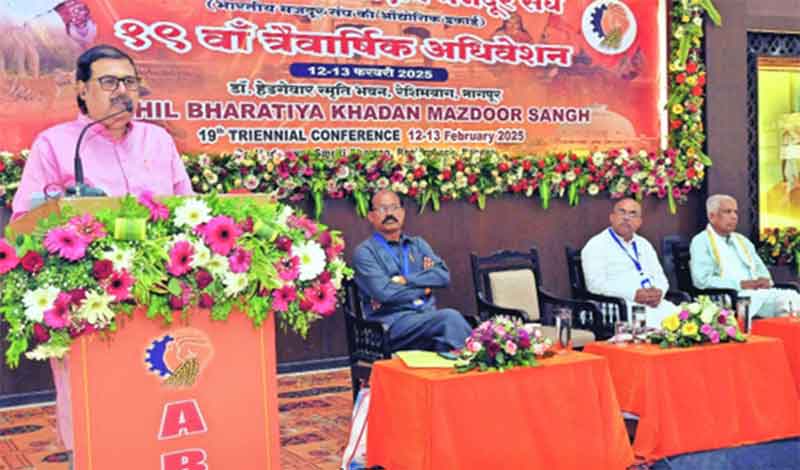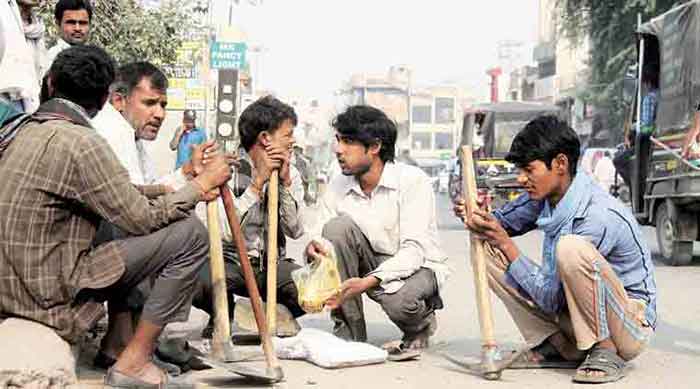
On 4th June 2025, the Andhra Pradesh Cabinet approved the proposed AP Factories (Amendment) Bill, 2025, which alters key provisions of the Factories Act, 1948: increasing the maximum daily working hours from 9 to 10 (Section 54); extending the uninterrupted work period before a rest break from 5 to 6 hours (Section 55); and raising the total duration of the workday, including rest, from 10.5 to 12 hours (Section 56). The quarterly overtime ceiling, previously capped at 50-75 hours (Sections 64 and 65), is nearly doubled to 144 hours. A parallel amendment to the AP Shops and Establishments Act seeks to exempt commercial establishments employing fewer than 20 workers from most provisions (Section 73).
Two weeks after the Andhra Pradesh announcement, the Karnataka government unveiled its planned amendments to the Karnataka Shops and Commercial Establishments Act, 1961. Notably, the Karnataka Factories Act was amended in May 2023 to extend work shifts from 9 to 12 hours, pushed through after significant lobbying by Foxconn and Apple, but without any debate or trade union consultation. The flexibility clauses in the new labour codes and the central government’s deregulation push have spurred a “race to the bottom” to dismantle worker protections, with states feeling compelled to undercut each other on labour standards to attract business. These latest proposals have been met with immediate and widespread backlash — from trade unions, civil society groups, medical and industrial safety experts, and regular citizens/workers — decrying the rampant erosion of hard-won labour rights. A major coalition of trade unions has announced a nationwide demonstration on 9th July, 2025, with workers across sectors expected to participate.
The two state governments, like others, have justified the changes as part of efforts to improve “ease of doing business,” attract investment, enhance “competitiveness,” and align with “global standards” — echoing the central government’s rhetoric over the past decade. Indian policymakers have been pushing changes in this vein for years, eager to improve rankings (such as the controversial, now-discontinued Ease of Doing Business Index) and attract foreign investment. The 2024-25 Economic Survey, published earlier this year, doubled down on this rhetoric, highlighting ‘labour’ as one of four core areas for deregulation and urging states to lead “Ease of Doing Business 2.0” by addressing the “root causes behind the unease of doing business.”
For MSMEs, the Survey claimed, the primary barrier to scaling up is the desire to “steer clear of labour and safety laws,” and thus, deregulating labour is imperative. Empirical evidence from the past decade, however, shows that dilution of labour laws does not yield the much-touted ‘growth’ for MSMEs. To consider one instructive example, Rajasthan in 2014 was the first to implement significant rollbacks, including raising the threshold for retrenchment permissions from 100 to 300 employees, increasing trade union membership requirements from 15% to 30% of the workforce, and exempting smaller factories (with up to 50 contract workers) from the Contract Labour Act. These changes were hailed by large businesses across India as major ‘reforms.’ How did these ‘reforms’ fare? Chaudhary & Sharma (2022) found that “the amendments did not have a sizable aggregate impact on employment or output in the formal manufacturing sector.” A PHDCCI survey revealed that 70% of MSMEs were unaware of the reforms, and those who were aware only expected “marginal improvement” in business activity, as they continued to face significant operational and structural challenges including lack of market access, power and infrastructural deficits, and extensive administrative bottlenecks. On the other hand, the impact on worker safeguards was far-reaching. Using difference-in-differences analysis, Goswami & Paul (2021) found a “disproportionate decline in the directly employed workers.” Factories subject to the new rules “increased employment of contract workers by about 124%, and reduced the permanent workforce by 19%.” The “implicit labour cost” for firms fell ~14% (since contract workers are cheaper and have fewer rights), but there was no detectable improvement in output, investment, or productivity in those firms. The evidence from Rajasthan and other states is clear: when labour laws are relaxed, permanent jobs give way to contractual and casual labour, increasing precarity and lowering bargaining power without leading to real growth in employment.
Even if such deregulation does lead to increased investment or profit, this is a pyrrhic victory. And these are not new dilemmas. The dilution of the provisions of the Factories Act, 1948, across states, based on the argument that restriction on working hours prevents manufacturers from “meeting demand surges and participating in global markets,” reverses decades of progress made by working class struggles in India. When several Indian states justified longer shifts during the COVID-19 lockdown, they explicitly said the aim was for factories to operate with fewer workers and reduce the number of shifts while meeting production targets. The 8-hour workday, adopted in the very first ILO Convention in 1919, was a landmark victory for the international labour movement achieved after a century of struggle.The Supreme Court also weighed in on this principle during a 2020 case: when Gujarat tried extending workdays to 12 hours without proper compensation, the Court quashed the move as prima facie unconstitutional, calling it “an affront to the workers’ right to life and right against forced labour.” But the Indian State seems to have abandoned its constitutional mandate to ensure just and humane conditions for work (Art. 42).
State governments are, paradoxically, simultaneously relaxing labour protections while lacking the capacity to enforce even existing regulations. According to the Survey itself, just 644 inspectors are tasked with overseeing over 321,578 factories nationwide. Giving this withdrawal of oversight policy legitimacy, the Survey states: “under low-state capacity administrative systems, unrealistic expectations can lead to ‘premature load-bearing.” Tragically, India’s poor labour inspection record and severely understaffed labour departments are thus being used to justify deregulation rather than to build state capacity. While the vast majority (>90%) of India’s workforce has long operated outside the protections of labour regulation, for a small, shrinking segment of ‘formal’ sector workers, especially in factories, retail, and IT/ITeS, certain legal guarantees had remained, at least on paper: the eight-hour workday, capped overtime, weekly rest, and defined service conditions. It is these last vestiges of formal labour protection that are being systematically dismantled.
Subscribe to Our Newsletter
Get the latest CounterCurrents updates delivered straight to your inbox.
Pranjali Tripathi is a researcher-practitioner working at the intersection of informal labour, migration, and social protection. She is currently based in Delhi and can be reached at [email protected].
















































